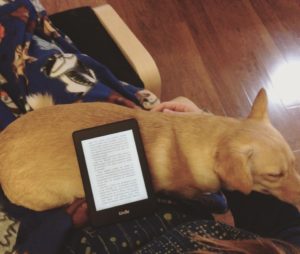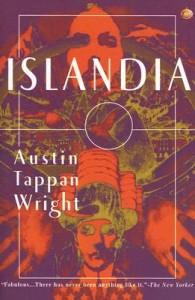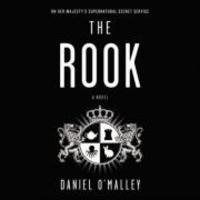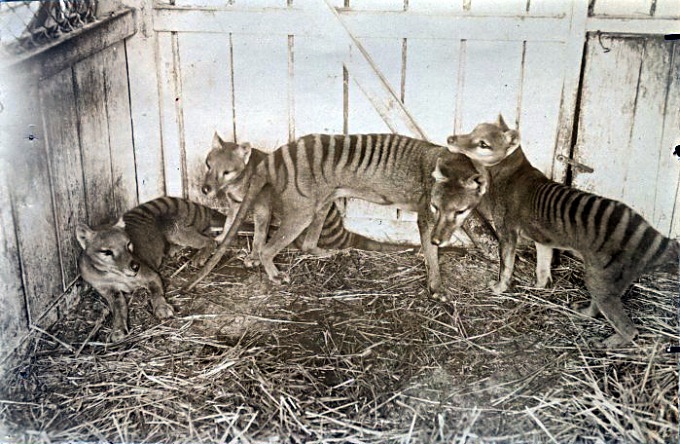
One of my favorite things to do at the end of the year is look back on the books I’ve read. Goodreads has a great tool that automatically comes up with your stats, like how many pages you’ve read, the longest book you’ve read, the shortest book you’ve read, etc.
My friend Shannon Fox does her own evaluation for end of the year reading, and you can view it here.
Here’s her template so you can evaluate the books you’ve read this year, notice some of your reading patterns, and help you make some reading goals for next year. Enjoy, and thank you Shannon!
2016: Books in Review
- How many books did you read in 2016?
- How many fiction compared to non-fiction?
- How many male authors, female authors, transgender authors, and gender nonconforming authors did you read this year?
- What’s the oldest book you’ve read (when it was first published)?
- What’s the newest book you’ve read (most recently published)?
- What’s the longest book you’ve read?
- What’s the shortest book you’ve read?
- Shortest book read?
- Did you read any books that were translated this year?
- What was the best book you read in 2016?
- What was the most disappointing book you read in 2016?
- What was the most beautifully written book you read?
- What was the most surprising book you read?
- What was the most thrilling, un-put-downable book?
- Which book had the greatest impact on you?
- What book had a scene that had you reeling?
- What book did you anticipate reading the most this year?
- Who was the most memorable character you read this year?
- Did you re-read any books this year?
- Did you read a book this year that you’re likely to re-read next year?
- What book did you recommend most this year?
- Did you find any new favorite authors this year?
- Which author did you read the most of in 2016?
- What was your favorite book cover of the books you read?
- What was your favorite passage or quote you read this year?
- What book can you not believe you waited so long to read but read in 2016?




